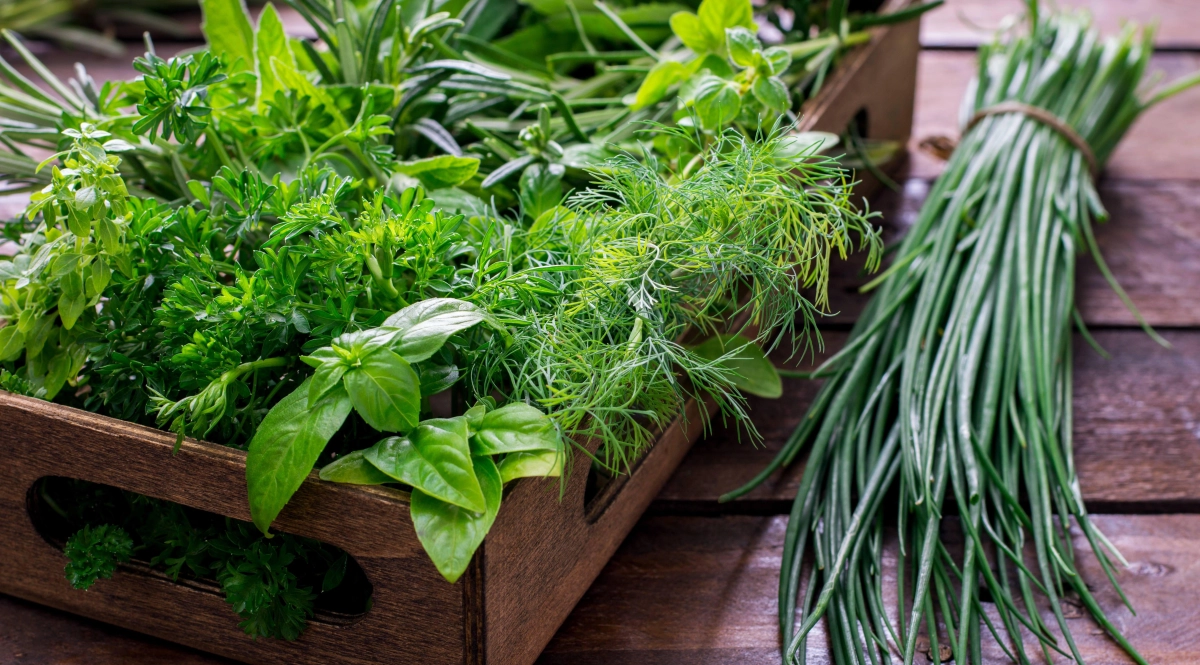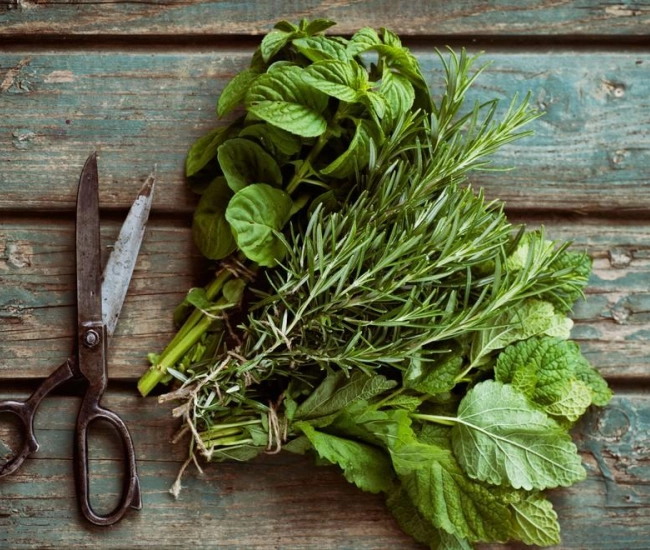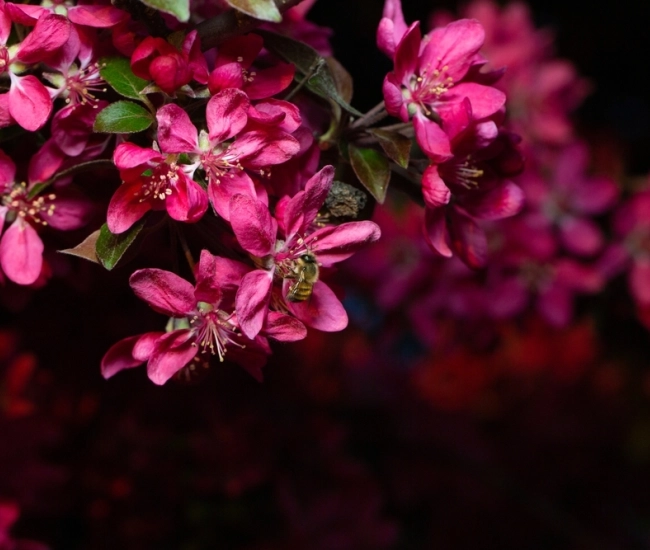
Learn everything you need to know about growing herbs in pots
Nothing is easier than growing herbs. Both young and old can grow them. All it takes is taking the right steps and knowing where to start to fully enjoy them.
Choosing your herbs well
Select herbs based on your tastes and culinary needs, but be careful: not all of them thrive in containers. Choose herbs that are free of disease and insects. Prefer those with healthy foliage, without spots, and whose stems are firm and lush. Each species and variety must be well identified to provide the right care.
Here is a list of herbs suitable for pot life to help you make the right choices:
- Basil
- Rosemary
- Sage
- Oregano
- Bay Laurel
- Mint, alone in its pot
- Thyme
- Parsley
- Chives
- Curry Plant
- Lemon Balm
- Vietnamese Coriander
- Winter Savory
Talk to your Passion Jardins merchant. They will be able to present the products available for your balcony and terrace garden. Do not hesitate to call on a specialized advisor to help you design your container garden: they will answer all your questions!
Use the right container
While most pots that can hold a good amount of potting soil can be used to grow herbs, they must meet certain basic criteria.
All containers used for growing your herbs should have drainage holes to facilitate the evacuation of excess water:
- decorative pots
- strawberry jars
- hanging baskets
- window boxes.
It must be the right size, because a container that is too small or too large will directly influence the growth of the herbs, so ideally opt for:
- decorative pots: wide base, more than 30 cm in diameter and depth
- window boxes: depth and width of 20 cm or more, maximum length of 1.2 m
- strawberry jars: minimum diameter and depth of 20 cm, sufficiently large openings
- hanging baskets: minimum diameter of 25 cm.
Our cultivation tips
To ensure your herbs are flavorful and their growth is optimal, certain precautions and cultural practices must be followed, such as:
- location
- potting soil
- fertilization
- watering
- maintenance.
Location
Finding the right location for your potted herbs is essential. It should be:
- sunny 6 to 8 hours a day
- sheltered from the wind to preserve flavor
- near the house to facilitate harvesting.
Potting Soil
Use a mix (1 to 1) of marine compost and potting soil for your pot project.
Fertilization
To maintain good fertilization of your potted herbs, they need a supply of compost at planting and then natural and organic fertilizers as needed. Be careful: excessive use of fertilizers stimulates too rapid growth of herbs and alters their flavor.
Watering
Water as needed and prioritize deep watering, preferably in the morning.
Maintenance
Throughout the season, ensure the following maintenance:
- regular weeding
- loosening the surface of the potting soil for better water absorption
- regular pinching of stems to branch the plant
- quickly remove damaged parts
- frequently inspect to prevent insect infestations and disease proliferation.
Do you want to plant your herbs properly? Check out our article Container Vegetable Garden: 10 Steps for Successful Planting.
Tips and advice



